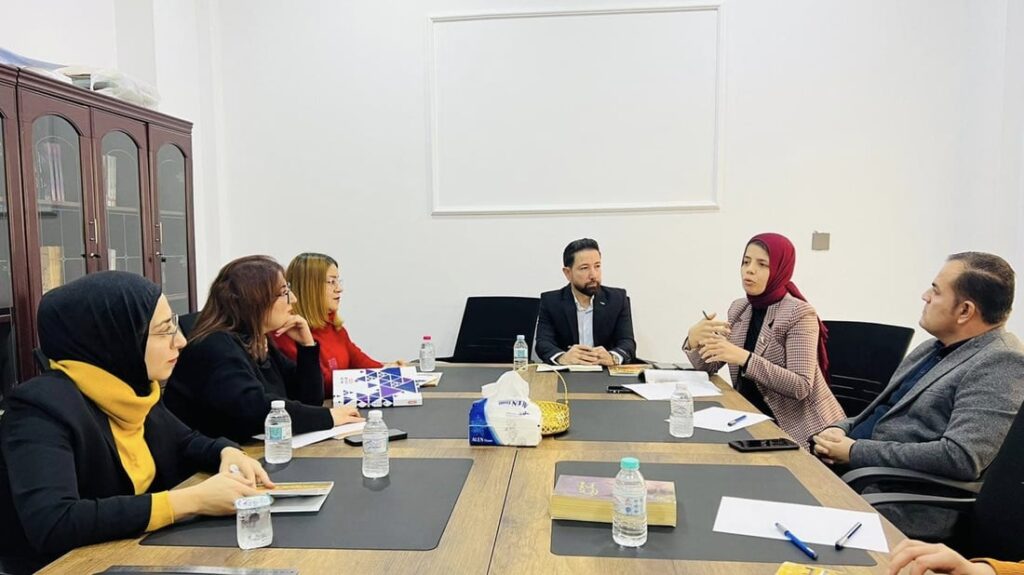Iraq: Technical Guide for Camp Disinfection and Decommissioning- Iraq
Background
Camp decommissioning refers to the process through which sectoral partners are involved in the dismantling and management of obsolete, inoperative or hazardous structures to ensure that sites can be restored to their original or planned purposes. The decommissioning process includes procedural components that require consensual decision making by all stakeholders:
Post closure use: The decommissioning process includes reaching agreement between humanitarian partners, government, land owner and surrounding community on the future use of the site.
Roles and responsibilities: During the decommissioning process roles and responsibilities should be agreed upon by relevant stakeholders. In many cases, decommissioning involves efforts from the Camp Management Agency to identify partners willing to assume sectoral decommissioning responsibilities for a specific camp.
Salvageable materials: Determination of salvageable materials is made in coordination with respective sectors, government and the community. Salvageable materials should be collected by the relevant stakeholder immediately upon departure of the displaced.
Facilities remaining on site: Land owners, authorities and community may request for facilities to remain on site for continued use. Agreements on the sustained management of remaining facilities should take place as part of the decommissioning process.
Local labor: Stakeholders may decide to involve local labor in the decommissioning process through community mobilization activities. Workers involved must be adequately trained to carry out specific decommissioning tasks.
Time frame: Some components of the decommissioning process may begin during the movement itself if the displaced population is able and willing to take with them some of the non-salvageable materials themselves. This is normally the case with shelter items. Decisions on salvageable materials must be made early on in the process to ensure that appropriate measures are in place to keep them on site.
Sector(al) interventions: Sector-specific interventions may require agreement on common guidelines and approaches to decommissioning that is taken at cluster level and disseminated to all cluster partners.
Negotiation and agreements with land owner: The owner of the land hosting the displaced population should participate in planning discussions, to ensure that decisions regarding the site or building are adequate. Agreements should be signed when preexisting structures may be targeted for upgrades, demolition or rehabilitation. In cases where the owner is not able to be present, agreements should be signed with the Government.
Handover of assets: Assets may partially or in their totality be requested by the host community, local authorities and national government. Details of the hand over, including inventory and responsibility for future management of assets are ideally included in written agreements, formalizing roles and responsibilities of the parts involved.
Upgrade, demolition and rehabilitation: Facilities used during the camp cycle may require upgrade, demolition or rehabilitation. In some cases there are materials that can also be salvaged and recycled for future use.
In cases where there are temporary or semi-permanent shelter structures, the displaced may be asked to dismantle and pack usable items (doors, beams, roofing material).
Timely action will help prevent unwanted events, such as looting and/or unauthorized removal of recyclable materials and other valuable resources.
Demolition is often required for structures that become obsolete, inoperative or hazardous after camp closure. Sectors, such as WASH, may have guidance on how to conduct WASH decommissioning operations, with reference to dealing with hazardous materials.
The camp manager should provide detailed maps of the site, with all permanent and temporary structures identified. Material produced by demolishing concrete structures may be used to fill in abandoned wells and empty latrines, and rubble that need to be removed should be transported to approved dumpsites. Mapping structures will allow partners from different sectors to coordinate sector(al) decommissioning operations.




